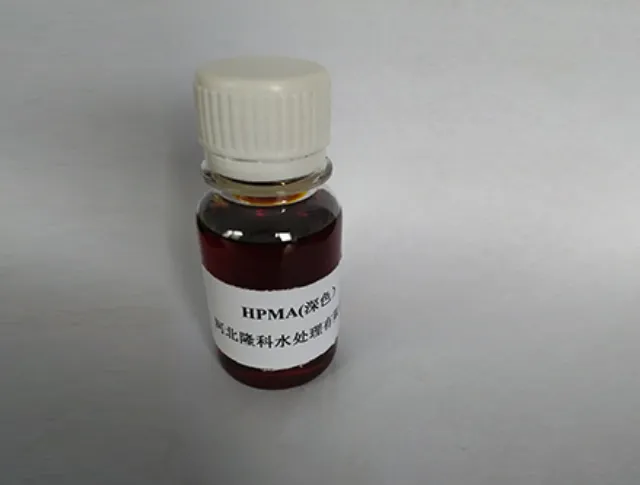coagulation and flocculation in water treatment
Coagulation and Flocculation in Water Treatment
Water is one of the most precious resources on Earth, essential for human life, agricultural practices, and industrial processes. However, natural water sources often contain a variety of impurities, including suspended particles, organic materials, bacteria, and other contaminants. To enhance water quality and make it safe for consumption and use, various water treatment processes are employed, among which coagulation and flocculation are critical steps.
Understanding Coagulation
Coagulation is the initial process in water treatment, where chemicals, known as coagulants, are added to water to destabilize suspended particles. These coagulants are typically charged substances like aluminum sulfate (alum) or ferric chloride. When added to water, they neutralize the negative charges on suspended particles, causing them to clump together. This process is fundamental because suspended particles often repel each other due to their similar charges, preventing them from aggregating.
The conditions under which coagulation occurs are vital for its effectiveness. Factors such as pH, temperature, and the concentration of the coagulant must be carefully monitored and optimized. The optimal pH range for alum, for instance, is usually around 6.5 to 8.5, as it maximizes the coagulant's effectiveness while minimizing the risk of undesirable byproducts.
The Role of Flocculation
Following coagulation, flocculation is the next vital step in the water treatment process. Flocculation involves the gentle mixing of water to encourage the formation of larger aggregates or flocs from the smaller particle clumps created during coagulation. This is typically achieved using mechanical or hydraulic mixers, which help to promote the collisions and binding of particles without breaking them apart.
The flocculation stage is crucial because larger flocs are easier to remove from water during subsequent treatment steps, such as sedimentation or filtration. Effective flocculation can greatly enhance the overall efficiency of the water treatment process, leading to clearer and cleaner water for consumption.
coagulation and flocculation in water treatment

Sedimentation and Filtration
Once flocs have formed, the next step is sedimentation, where the heavier flocs settle to the bottom of the treatment tank due to gravity. This process allows for the clarification of water, as the settled flocs can be removed, resulting in a cleaner supernatant above. In many treatment facilities, sedimentation tanks, also known as clarifiers, are utilized to facilitate this removal process.
After sedimentation, the remaining water often undergoes further filtration to remove any residual particles or impurities. This step typically involves passing the water through filters made of sand, gravel, or other media, ensuring that any remaining contaminants are captured before the water is disinfected for public consumption.
Importance in Public Health
The significance of coagulation and flocculation in water treatment cannot be overstated. These processes play a crucial role in ensuring the public's health by removing harmful pathogens and contaminants from drinking water. For instance, waterborne diseases can have devastating effects on communities, and effective treatment methods are essential to prevent such outbreaks.
Additionally, the reduction of turbidity achieved through coagulation and flocculation is vital, as it not only improves the aesthetic quality of water but also enhances the efficacy of disinfection processes, such as chlorination or UV treatment. Clear water is less likely to harbor pathogens, making it safer for human consumption.
Conclusion
In conclusion, coagulation and flocculation are fundamental processes in effective water treatment, playing a pivotal role in the removal of suspended particles and contaminants. These steps ensure that water is not only clear and aesthetically pleasing but also safe for human consumption. As global water scarcity and pollution challenges escalate, the importance of refining and advancing water treatment technologies—particularly coagulation and flocculation—becomes increasingly critical. Continuous research and development in these areas will contribute significantly to sustainable water management practices and the safeguarding of public health worldwide.
-
Pbtc Scale InhibitorPBTC: A Scale Protector for Industrial Water TreatmentNewsAug.05,2025
-
Organic Phosphonate: An Efficient Defender in the Field of Scale InhibitionNewsAug.05,2025
-
Hydrolyzed Polymaleic Anhydride: Green Pioneer in Scale Inhibition FieldNewsAug.05,2025
-
PAPEMP Polyamino Polyether Methylene Phosphonic Acid For SaleNewsAug.05,2025
-
Flocculant Water Treatment: A Pioneer in Purification in the Field of Water TreatmentNewsAug.05,2025
-
Benzyl Isothiazolinone: An Efficient and Broad-Spectrum Antibacterial Protective GuardNewsAug.05,2025





